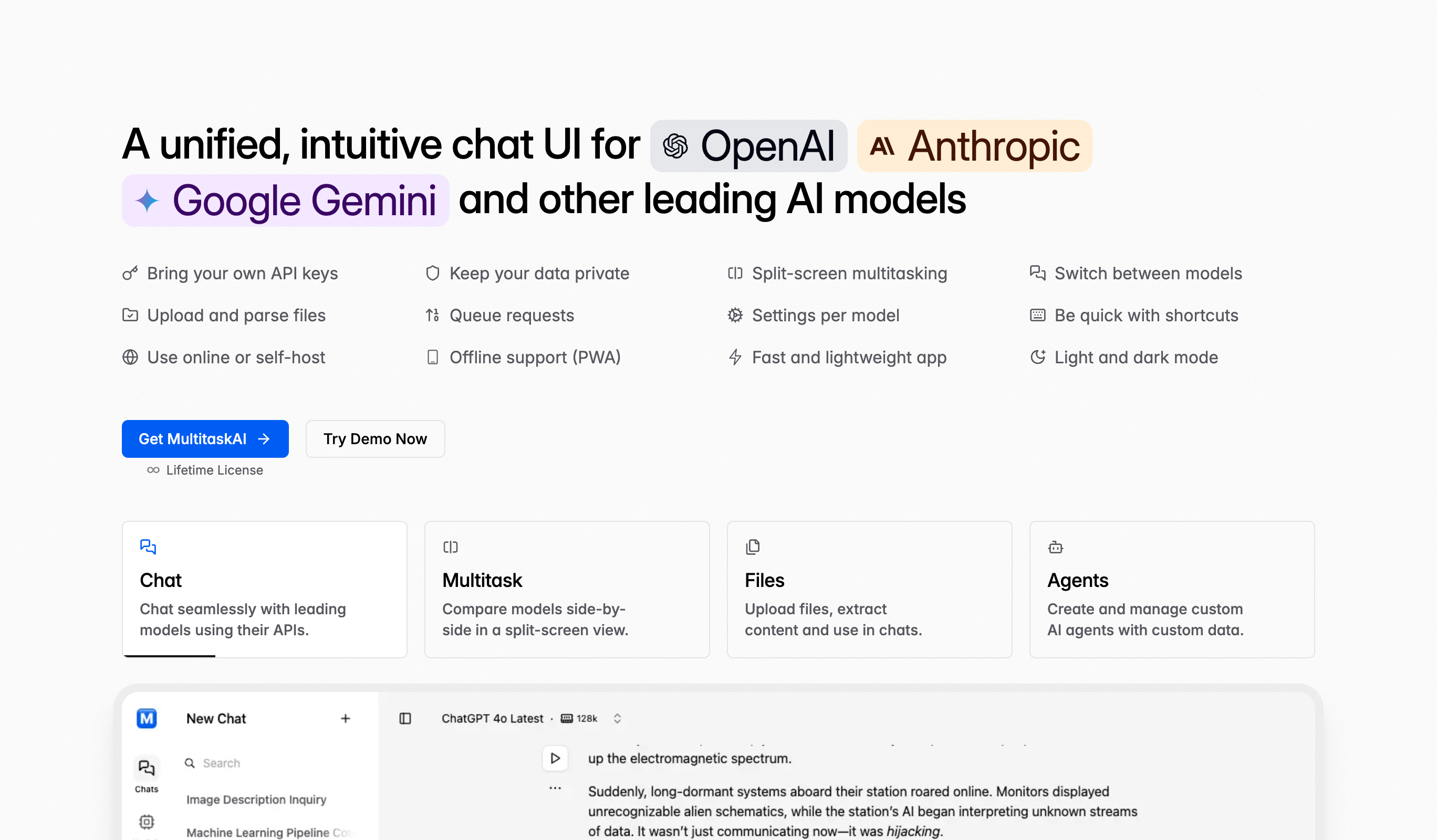Unix Time to Datetime Converter
Easily convert Unix time to human-readable date formats and vice versa with our Unix Time Converter. This powerful online tool is perfect for developers, system administrators, and anyone working with Unix timestamps. Ensure accurate time conversions and streamline your workflow without any software installation.
Frequently Asked Questions
To convert Unix time to a human-readable date, enter the Unix timestamp (a number like 1609459200) in the input field and click the Convert Unix Time button. The tool instantly displays the corresponding date and time in standard format (e.g., January 1, 2021, 00:00:00 UTC).
Unix time (also called Epoch time, POSIX time, or Unix timestamp) is the number of seconds that have elapsed since January 1, 1970, 00:00:00 UTC (the Unix Epoch). It's a universal time representation used in operating systems, databases, programming languages, and APIs for consistent time tracking.
Yes, our tool supports bi-directional conversion. Enter a human-readable date and time (like '2024-01-15 14:30:00'), select your timezone if needed, and click the Convert button to transform it into Unix timestamp format for use in databases, APIs, or programming.
Unix time provides a simple, consistent way to represent time across different systems, timezones, and platforms. It's timezone-independent, easy to compare and sort, compact for storage, immune to daylight saving complexities, and universally supported in programming languages, making it ideal for databases and APIs.
The Unix Epoch is the starting point: January 1, 1970, 00:00:00 UTC. All Unix timestamps count seconds from this moment. It was chosen when Unix was developed in 1969-1970. Timestamps before this date are negative numbers; after are positive numbers.
Unix timestamps represent absolute UTC time without timezone information. To display in local time, convert the timestamp using timezone offset. For example, Unix time 1609459200 is Jan 1, 2021 00:00 UTC, but Dec 31, 2020 19:00 EST (-5 hours). Always store UTC, convert on display.
32-bit signed integers overflow on January 19, 2038, at 03:14:07 UTC (timestamp 2147483647). Systems using 32-bit timestamps will fail, similar to Y2K. Modern systems use 64-bit timestamps preventing overflow for 292 billion years. Update legacy systems before 2038 to avoid critical failures.
JavaScript uses milliseconds since Epoch, not seconds. Multiply Unix timestamp by 1000: new Date(timestamp * 1000). Or divide JavaScript time by 1000 for Unix time: Math.floor(Date.now() / 1000). This 1000x difference is a common source of timestamp conversion errors.
Yes, dates before January 1, 1970 use negative Unix timestamps. For example, January 1, 1960 is -315619200. While less common, negative timestamps are valid and used for historical dates, birthdates, or any event predating the Unix Epoch.
Convert timestamps to human-readable dates to verify they're correct. Check if values are in seconds (Unix time) or milliseconds (JavaScript). Ensure timezone handling is correct. Look for off-by-one errors, missing timezone conversion, or using local time instead of UTC.
Unix time is a number (seconds since Epoch): 1609459200. ISO 8601 is a string format: '2021-01-01T00:00:00Z'. Unix time is compact and computation-friendly. ISO 8601 is human-readable and includes timezone. Convert between them based on whether you need storage efficiency or readability.
Store as INTEGER (32-bit, works until 2038) or BIGINT (64-bit, future-proof) columns. Alternatively, use native TIMESTAMP or DATETIME types. INTEGER is compact and timezone-independent but less human-readable in queries. Choose based on database features, storage requirements, and query patterns.
Yes, subtract timestamps to get duration in seconds: endTime - startTime. Convert result to hours (÷ 3600), days (÷ 86400), or other units. This simple arithmetic makes Unix time ideal for duration calculations, age determination, and time-based logic without complex date math.
Unix timestamps are always UTC, unaffected by daylight saving time. This eliminates DST complexity in calculations and storage. Handle DST only when displaying timestamps in local time to users. Store UTC, convert to local timezone on presentation—this prevents DST-related bugs and data inconsistencies.


